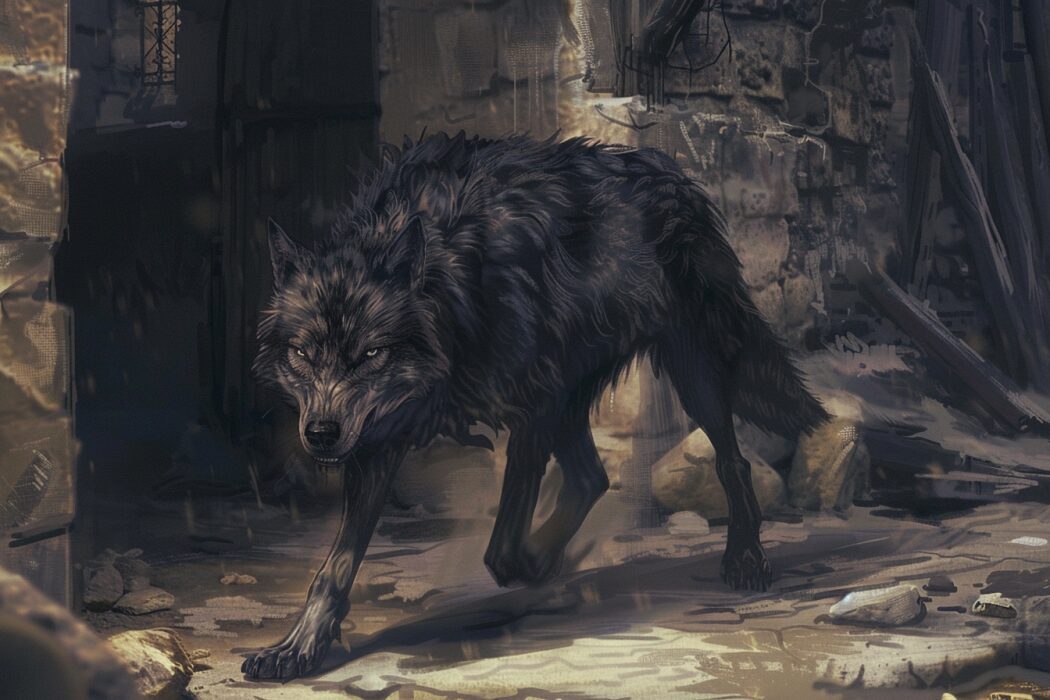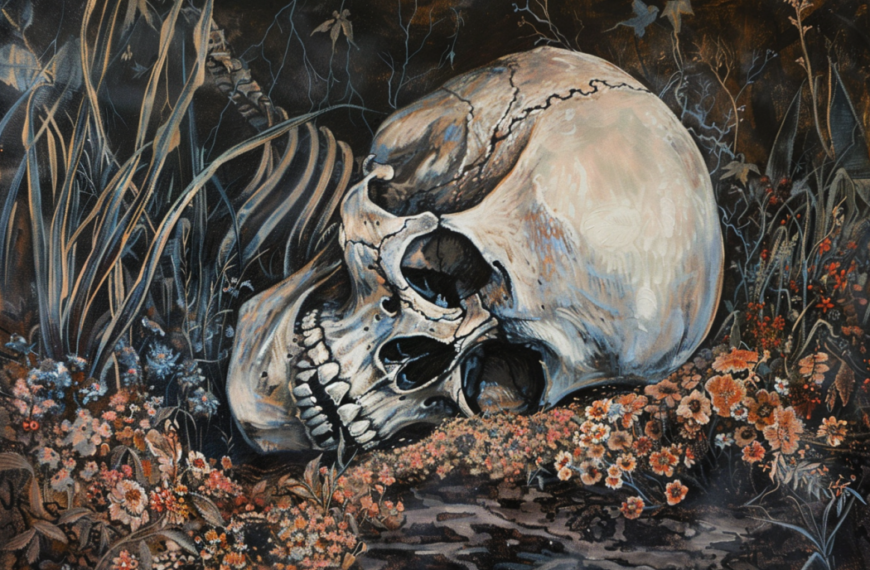Wolf Symbolism Across Cultures and History
The wolf, often portrayed as a fearsome predator, holds a unique place in human symbolism and mythology. Its piercing gaze, swift movements, and powerful presence evoke primal instincts within us, eliciting both awe and trepidation. Yet, despite its reputation as a formidable hunter, the wolf has also been revered and honored in various cultures throughout history.
In many mythologies, the wolf symbolizes a duality of nature, embodying both light and darkness, good and evil. It is often associated with concepts of strength, loyalty, and intelligence, as well as cunning, ferocity, and the untamed wilderness. This juxtaposition of qualities lends the wolf a complex and multifaceted symbolism, making it a compelling figure in art, literature, and folklore.
In this article, we’ll explore the wolf symbolism in-depth across cultures and history.
1. Wilderness

Wolves, with their majestic presence and haunting howls, creates a powerful symbol of untamed wilderness and primal instinct. When we hear the distant call of a wolf echoing through the night, it stirs something deep within us, evoking a sense of connection to the raw, untouched essence of nature.
In their role as top predators, wolves always have a real influence on their surroundings. Scientifically, they play a crucial role in regulating prey populations and preventing overgrazing that can devastate vegetation and disrupt entire ecosystems. Through their hunting prowess, they help maintain the health and vitality of prey species, ensuring the survival of the fittest and promoting biodiversity.
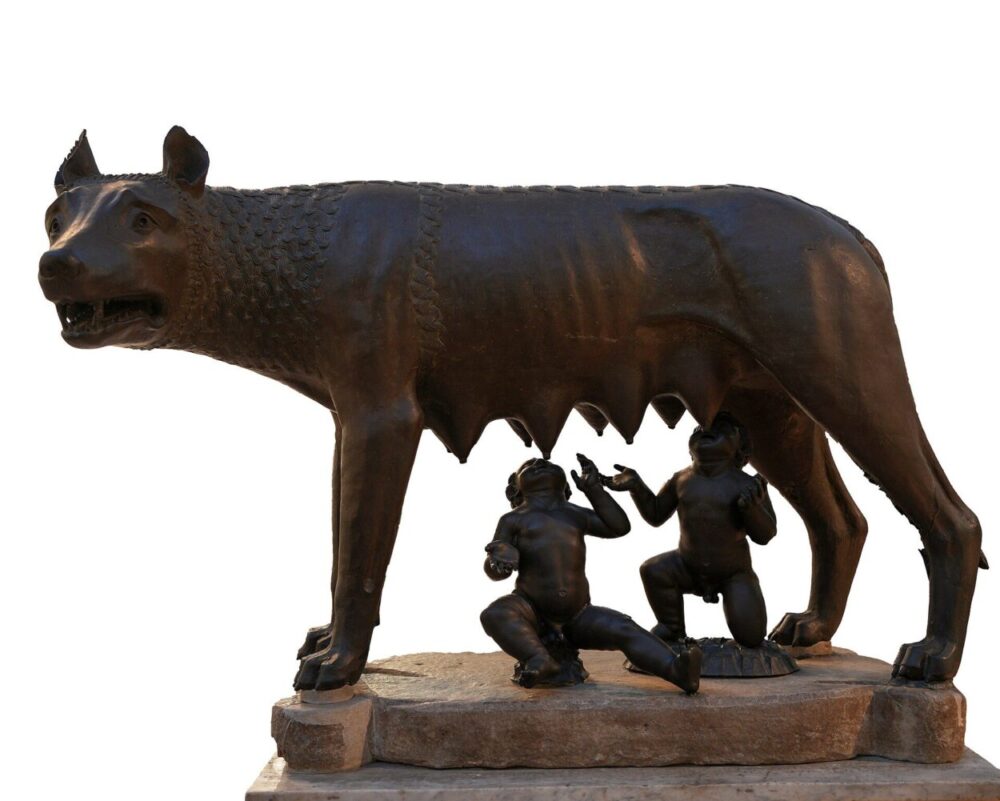
In Roman mythology, Romulus and Remus are twin brothers whose legend recounts the events leading to the establishment of Rome and the Roman Kingdom by Romulus, who ultimately commits fratricide against Remus. The iconic depiction of a she-wolf nurturing the twins in their infancy has served as a symbol of Rome and its people since at least the 3rd century BC.

The same wolf symbolism for wilderness also appears in literature. “White Fang” by Jack London is a classic novel that vividly portrays the rugged wilderness of the North American frontier through the eyes of a wild wolf-dog hybrid.
Born into the savage world of the wild, the wolf learns to fend for himself from an early age, navigating the rugged terrain and competing with other animals for survival. His instincts are finely attuned to the rhythms of nature, and he possesses a primal resilience that enable him to thrive in the harsh environment.
Read More: Symbols of Resilience Across Cultures
2. Freedom
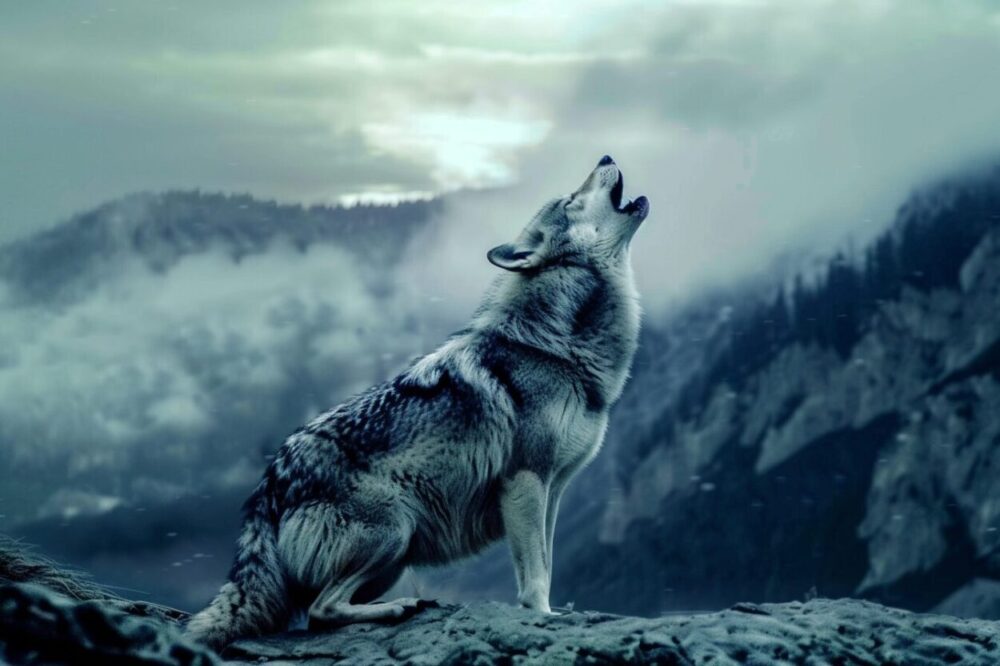
The wolf holds significant importance in the cultures and religions of nomadic peoples, both in the Eurasian steppes and in the North American plains. In Mongolia, wolves have long been revered as symbols of bravery and resilience. The wolf there is regarded as a spiritual guide, contrasting with the dog, which holds a cherished place as a valued member of the family.
Mongolians hold no fear towards wolves, recognizing their natural aversion to humans. Referred to at times as “the sheep’s assassin,” wolves are perceived as both a threat to livestock and a symbol of ancestral heritage. Legend has it that the first father of Mongolian herders was a wolf, despite the necessity of protecting their flocks by hunting wolves. There is also a sustainable practice of utilizing wolf fur.
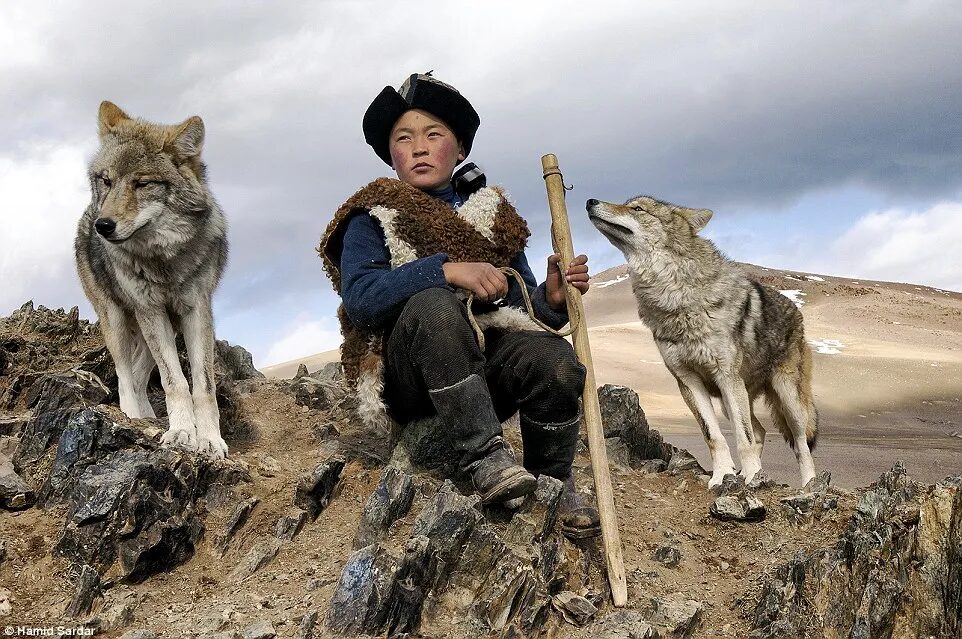
The Mongols even consider themselves descendants of wolves, believing that their ancestors originated from a wolf and a deer. Genghis Khan is also honored as the Great Desert Wolf (the green wolf of the sky). The Niohuru clan, or the Nuohuoluo clan (Chinese: 鈕祜祿氏; Niǔhùlù shì) in Manchuria, named their tribe after the wolf. The Manchu phonetic transcription: “Niohuru” means “wolf,” and many members of the clan changed their surname to “Lang” (also meaning “wolf”).
The Koreans also have a weapon called “wolf teeth” (lang nha). In nomadic culture, the wolf is a symbol of the spiritual strength of the Mongols, who believe that the wolf is the savior of the grasslands, a symbol entrusted with the soul.
In the Tanakh, also known as the Hebrew Bible, the wolf represents the Israelite Tribe of Benjamin. This symbolism comes from Genesis 49:27, where Jacob blesses his youngest son, Benjamin, saying, “Benjamin is a ravenous wolf; In the morning he consumes the foe, And in the evening he divides the spoil.” Scholars interpret this symbol to reflect the tribe’s fearless and sometimes aggressive nature, as seen in their actions in the book of Judges. It’s also associated with notable members of the Tribe, like King Saul and Mordecai.
3. Intelligence & Fearlessness
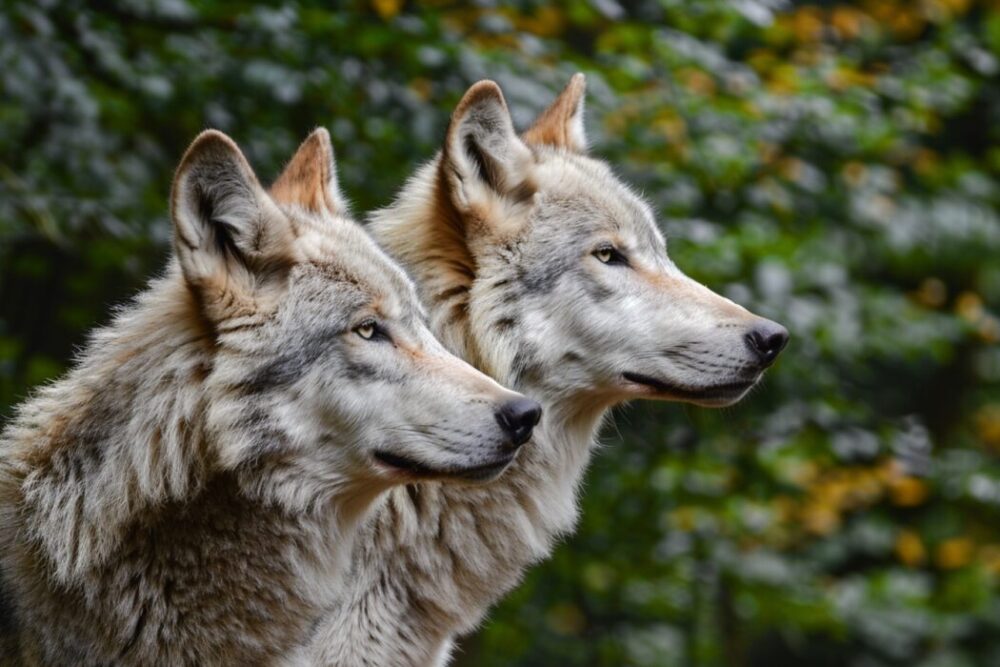
With their keen intelligence and undeniable power, wolves have long been celebrated as symbols of strength and wisdom across cultures and centuries. When hunting, wolves always go in packs, obeying orders and carrying out tasks like true warriors. They know how to utilize the terrain, geography, and weather to surround their prey, waiting to ambush them.
These intelligent creatures can even adapt their hunting strategies in response to various factors such as weather conditions, terrain features, and prey behavior.
In Serbian epic poetry, the wolf represents fearlessness. According to folklore, if a woman had lost multiple babies in a row, she would name her next newborn son Vuk. This was based on the belief that witches, who were thought to be responsible for the babies’ deaths, were afraid to harm wolves.
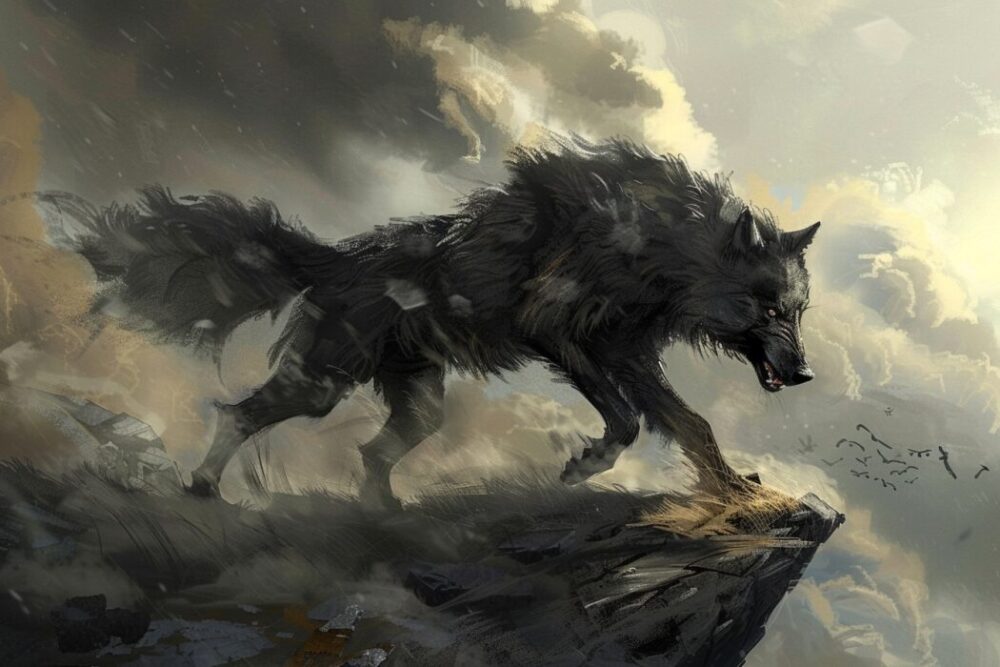
Fenrir, also known as Fenrisúlfr in Norse mythology, is a monstrous wolf, the son of the god Loki and the giantess Angrboða. His siblings include the serpent Jörmungandr and the goddess Hel. Fenrir was feared by the gods due to a prophecy that foretold his role in Ragnarök, the end of the world.
The gods attempted to control Fenrir’s growth and power by raising him in Asgard, the realm of the gods. However, as Fenrir grew larger and more powerful, the gods became increasingly wary of him. They decided to bind him to prevent him from wreaking havoc on the cosmos.
4. Nursing
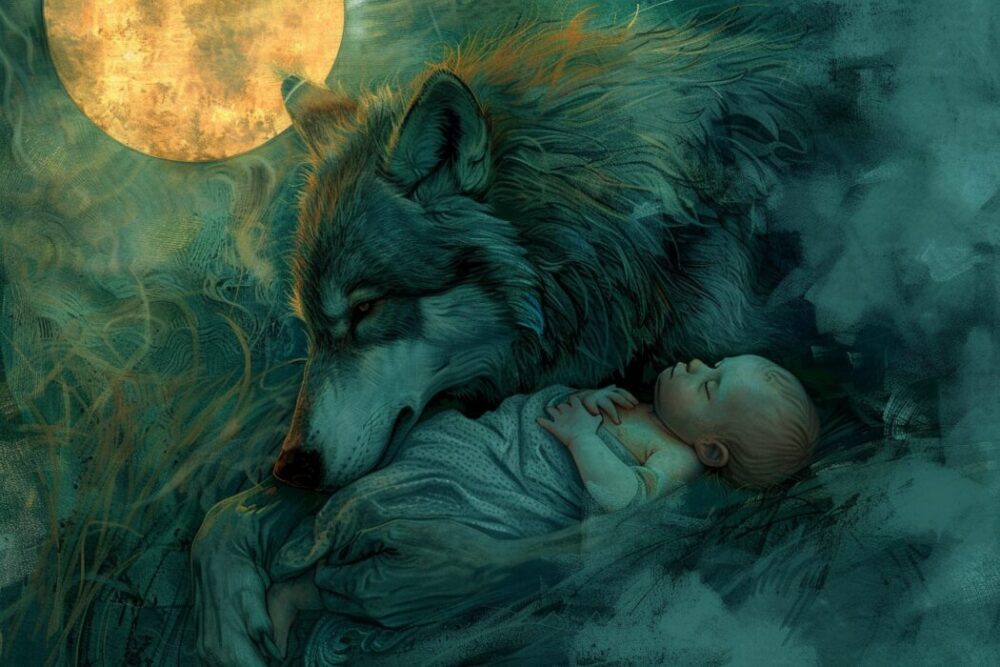
Interestingly, the wolf happened to be widely depicted as a creature that knows how to take care of its pack members. The most famous is the Roman creation mythology where a she-wolf nurtures the founders of Rome, Romulus and Remus. Similar versions of the story also appear in other cultures.
For example, the Wusuns, a group of people from the steppe region with Iranian roots, shared a legend about their king Nandoumi. When Nandoumi was killed by another group called the Yuezhi, his baby son Liejiaomi was left alone in the wild. Surprisingly, Liejiaomi was saved from hunger by a she-wolf who nursed him and fed him meat brought by ravens.
In another story from northern China, a small Turkic village was attacked by Chinese soldiers, leaving behind a baby. An old she-wolf named Ashina with a sky-blue mane found the baby and raised him as her own. Later, the she-wolf gave birth to cubs that were part-wolf and part-human, who became the ancestors of the Turkic people.
In Turkic mythology, it’s believed that a gray wolf guided the Turks out of their legendary homeland, Ergenekon, helping them to spread out and conquer neighboring lands.
5. Evil & Cunning
Of course, not all wolf symbolism is positive. In many cultures, especially in Europe, the association of warriors with the wolf (totemism) has led to the concept of Lycanthropy, a mythical ritual symbolizing the fusion of man and wolf.
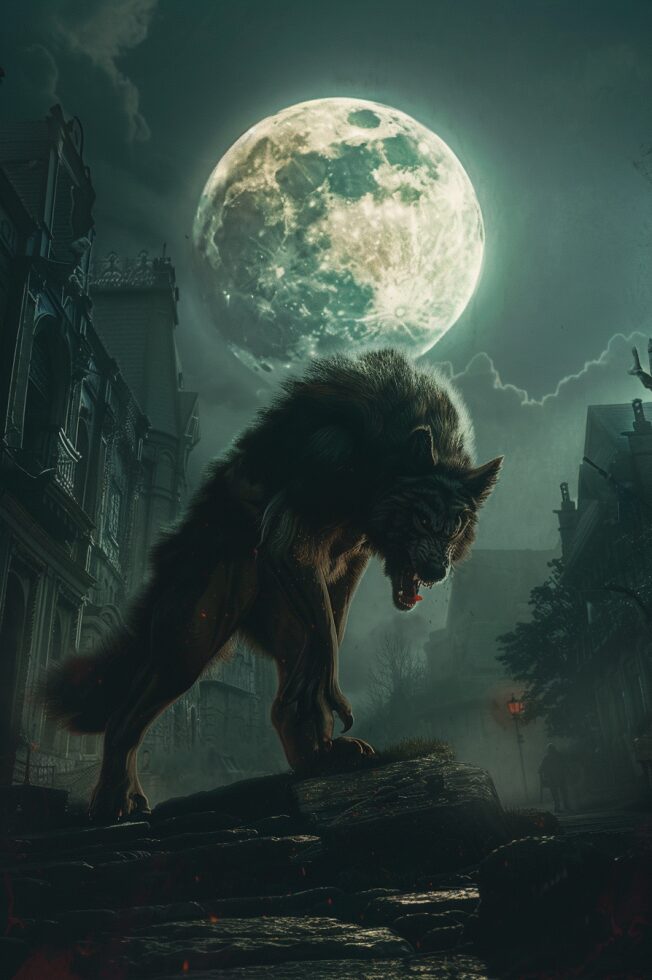
In European folklore and mythology, the wolf has perhaps merged with the warrior to become the werewolf, or wolfman, during full moons. It is characterized as a human with the ability to transform into a wolf or a wolf-like creature, embodying strength and all that is primal, with features such as a robust jaw, hairy hands, sharp claws, and a coat of dark fur.
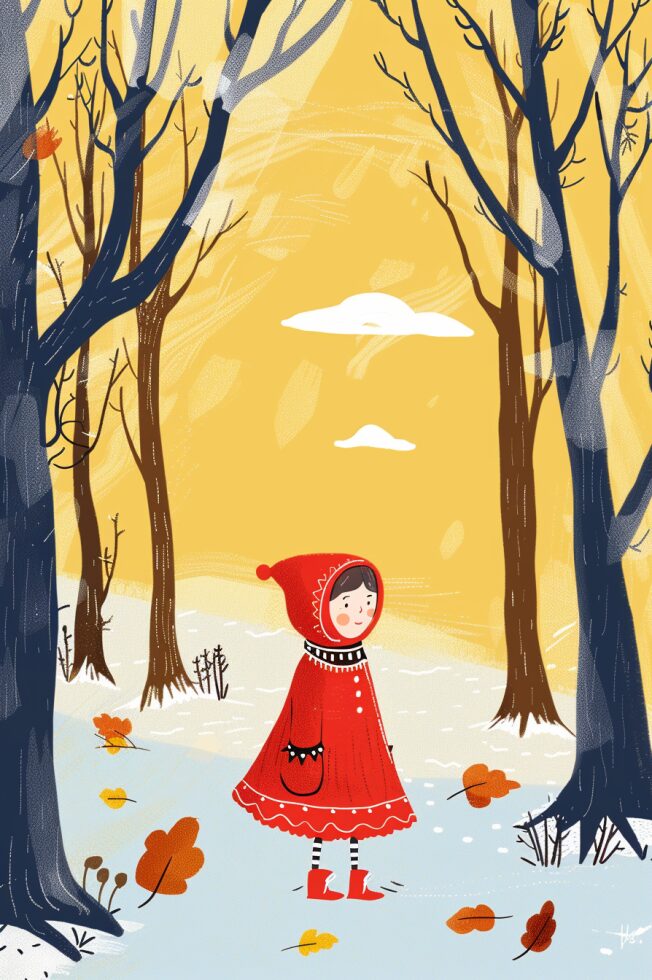
In folklores around the world, the wolf also takes on an evil meaning. In the classic fairy tale Little Red Riding Hood, there is a cunning wolf who disguises himself as the grandmother of Little Red Riding Hood in order to deceive and devour her. In The Boy Who Cried Wolf, a shepherd boy repeatedly cries out “Wolf!” to trick nearby villagers into thinking a wolf is attacking his flock. When a real wolf appears and he cries for help, no one believes him, resulting in the loss of his sheep.
In these stories, the image of the wolf is portrayed quite negatively as an antagonist character. They are often depicted as old, skinny, and mangy wolves, in a state of hunger, lurking and searching for food, characterized by cruelty or bullying towards innocent animals when they fall into dire situations.
These types of stories highlight the cleverness, intelligence, and unity of the animals against the wolves, and the outcome always teaches the wolves life lessons, portraying them as greedy and foolish. This is also the folk belief about animals that steal and eat livestock, even attacking and consuming humans.

In the Russian cartoon Well, Just You Wait! (Russian: Ну, погоди!), a Russian version of Tom and Jerry, the Wolf is also portrayed as a thug: a heavy smoker and easily becomes violent and destructive (for example, purposefully damaging objects on display in the museum), bullying weaker individuals, and breaking the law. On the other hand, many of the Wolf’s attempts to catch the Hare are characterized by extraordinary abilities such as figure skating, ballet, and waltz dancing, showcasing him as a refined and elegant character.
6. Royalty
During the Middle Ages, the wolf was widely utilized in heraldry, despite its reputation as a predator of livestock and threat to humans. In this context, it was not only seen as a fearsome creature but also as a symbol of nobility and courage. Many noble families incorporated the image of the wolf into their coats of arms and crests, representing the virtues of perseverance and industriousness, particularly in enduring sieges or engaging in challenging endeavors.

The wolf frequently appears in many heraldic symbols in England. King Edward IV (1442-1483) used a white wolf as one of his emblems, alongside a white lion, symbolizing his descent from the Mortimer family. The wolf or wolf’s head is often used to indicate surnames such as Videlou, de Lou, Lupus (during the reign of Edward III), Wolferston (Henry VI Roll, around 1422-1461), Wolseley, Lovett, and Wolfe.
7. Loneliness
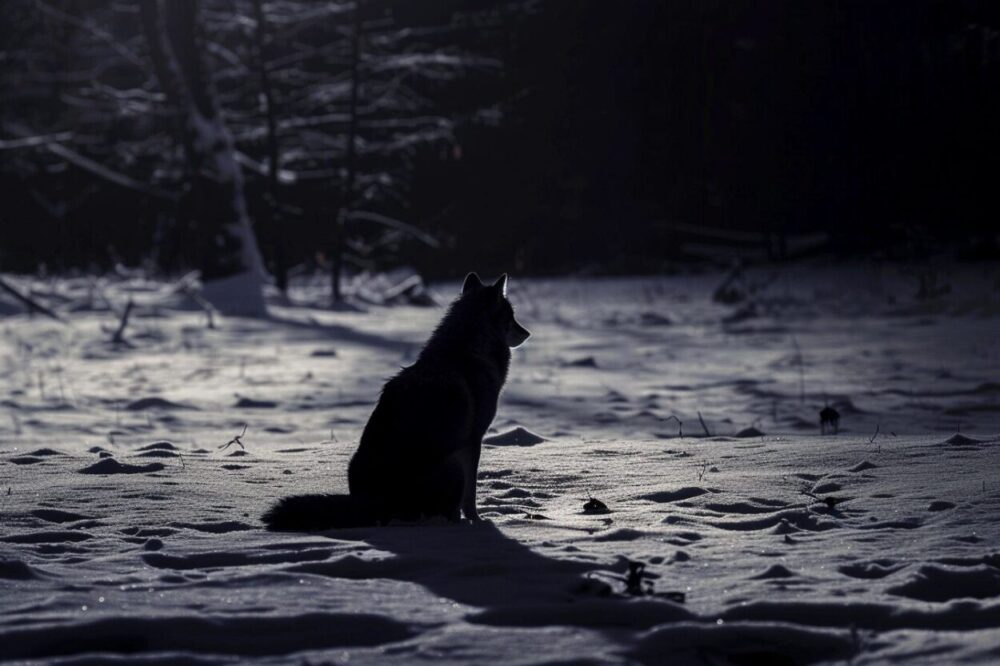
The “lone wolf” is an interesting phrase. A lone wolf is a person who prefers to operate alone or independently rather than as part of a group or pack. This type of behavior contradicts the normal behaviors of the wolf, yet the term further emphasizes the creature’s cunning and dangerous nature.
Lone wolves often struggle to survive without the support and protection of a pack, as they must hunt and defend themselves alone. However, some lone wolves are successful in finding or establishing their own territory and may eventually form new packs or join existing ones.
In the modern world, the term “lone wolf” often carries a more negative meaning, associated with people who operate independently but have extremist causes such as terrorism and crime. They want to carry out violent actions without direct affiliation with any larger organization or group.
8. Pack Mentality
Wolves are often associated with loyalty due to their strong social bonds and cooperative behavior within a pack. In wolf society, loyalty is crucial for survival and success. Wolves exhibit unwavering loyalty to their pack members, working together to hunt, raise young, and defend territory.
One key aspect of wolf loyalty is their commitment to the pack’s hierarchy and rules. Each member plays a specific role within the pack, and they collaborate seamlessly to achieve common goals. Wolves demonstrate loyalty by following the lead of the alpha pair, supporting one another in times of need, and remaining dedicated to the well-being of the entire pack.

There is youth programs affiliated with Scouting called Cub Scouts, also known as Cubs or Wolf Cubs. These programs are tailored for children typically aged between 7 and 12. Participants in these programs are referred to as Cubs, while a collective group of Cubs is termed a “Pack.”
The name “Wolf Cubs” serves as a nod to the youthful energy and camaraderie fostered within the Cub Scout Pack, echoing the spirit of cooperation and adventure symbolized by the wolf. It also carries the symbolism for instinct of the wolf, a much needed traits for scouts.
9. Protection
In Japan, the wolf symbolism is about protection. In the Shinto belief, the ōkami, or “wolf,” is revered as a messenger of the kami spirits and is also esteemed for providing protection against crop raiders like wild boars and deer.
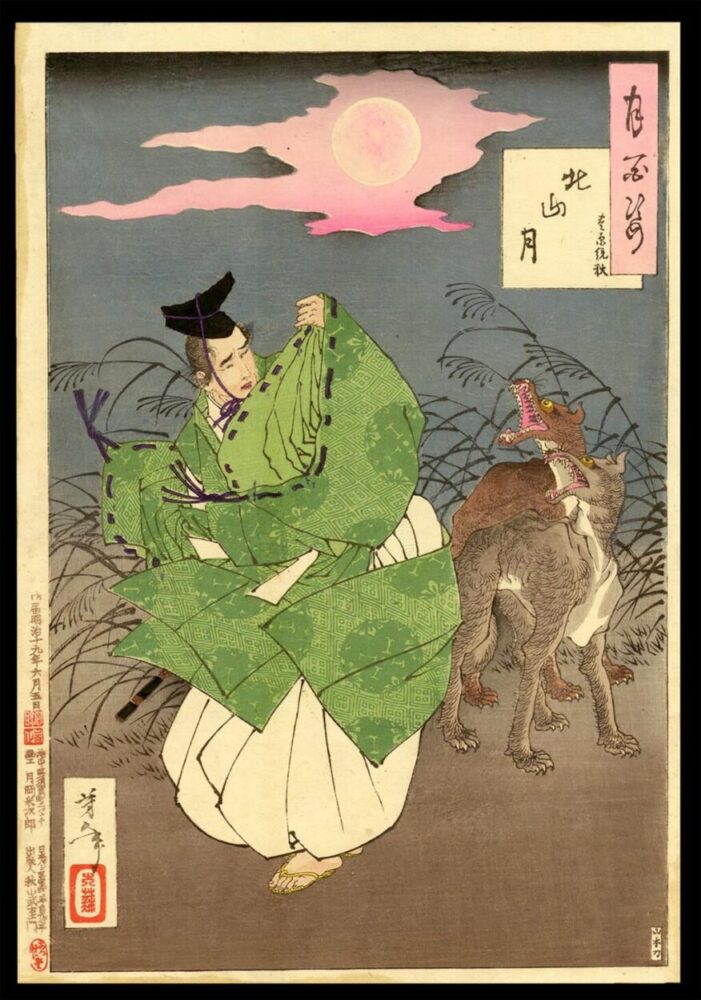
Wild animals were traditionally linked with the mountain spirit Yama-no-kami, and in Japan, where mountains were viewed as perilous and treacherous, the wolf was closely associated with these rugged landscapes, believed to serve as their guardian and protector. Numerous mountain villages, such as Okamiiwa (“Wolf Rock”) and Okamitaira (“Wolf Plateau”), bear names honoring the wolf, possibly due to sightings of the animal in these areas or as a simple tribute to its significance.
In Japanese folklore, there are also various accounts of the okuriōkami, known as the “escort wolf,” which is said to accompany people walking alone through forests at night. These wolves simply ensure that these people arrive home safely without causing any harm. It was customary to make offerings to these escort wolves as a gesture of gratitude.
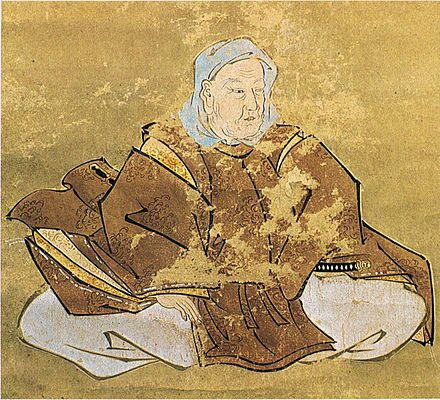
Another legend tells of wolves nurturing an abandoned infant in the forests of the Kii Peninsula, who later rose to become the esteemed clan leader Fujiwara no Hidehira. In the Kanto region of eastern Japan, there was a belief that feeding infants wolf’s milk would imbue them with strength as they grew.
Some tales depict Japanese wolves as prophetic beings; in the Tamaki Mountains, for instance, a tree known as “the cypress of dog-howls” is said to mark the spot where wolves howled before the occurrence of a flood in 1889, warning the villagers of impending danger. Similarly, before the devastating earthquake of 1923, although the Japanese wolf had already gone extinct, legends persisted of their eerie howls preceding natural disasters.

